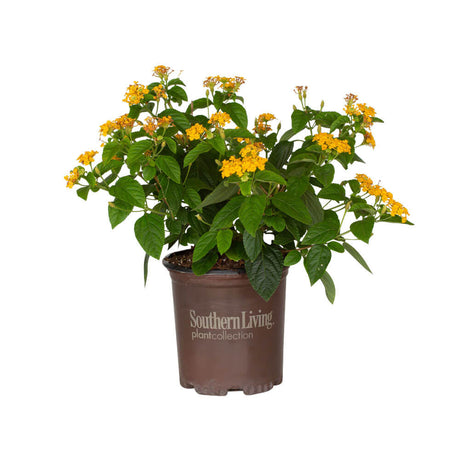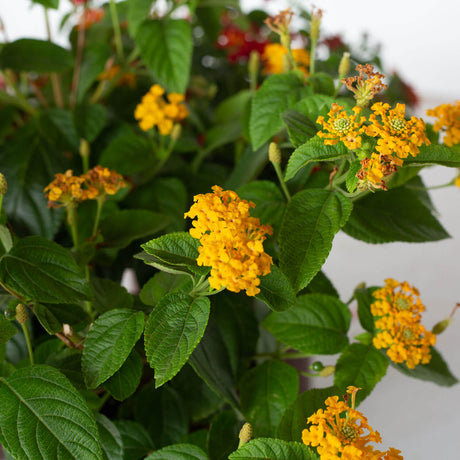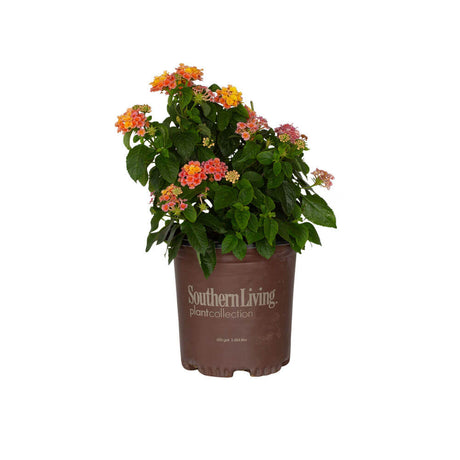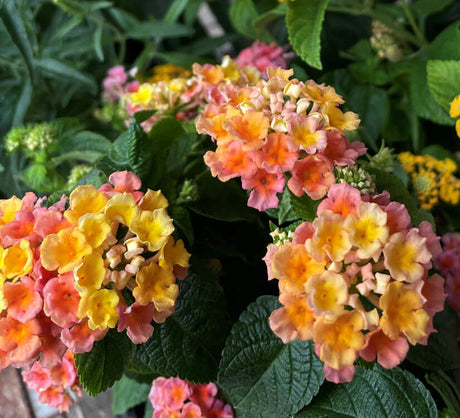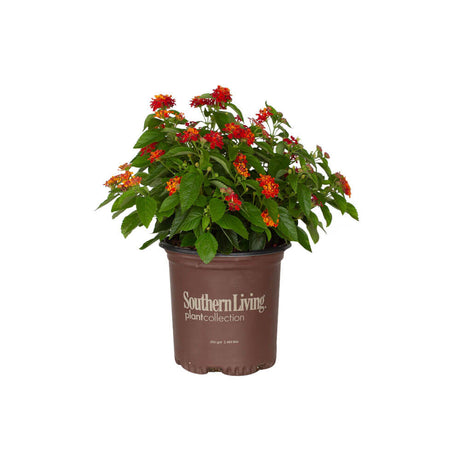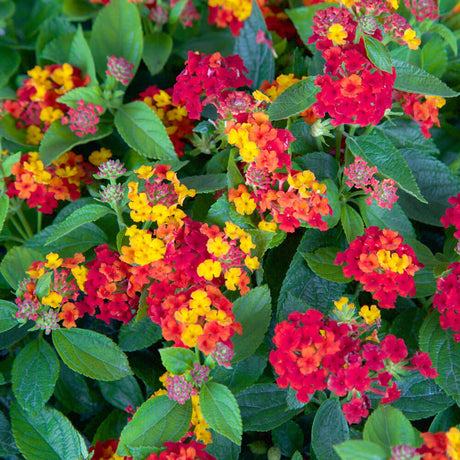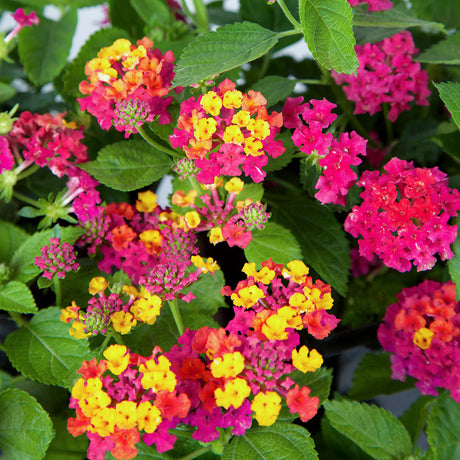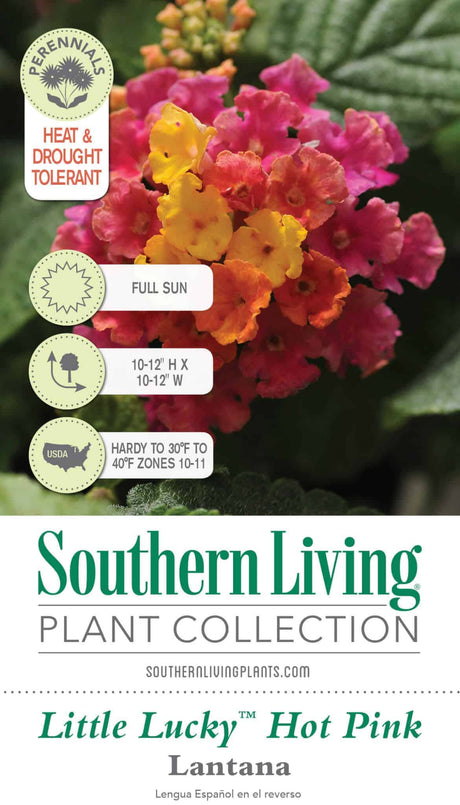FiltersFilter & Sort
- Sold out
- Sold out
- Sold out
- Sold out
Lantana plants, also known as shrub verbenas, are a popular choice for gardeners due to their beautiful and long-lasting blooms, low maintenance needs, and ability to attract butterflies and hummingbirds.
How to Care for Lantana Plants
Lantana plants are fairly easy to care for and can thrive in a variety of growing conditions. Here are some tips for keeping your Lantana plants healthy and vibrant:
- Soil and Sunlight - Lantana plants prefer well-drained soil and full sunlight. Choose a location in your garden that receives at least six hours of direct sunlight per day.
- Watering - Water your Lantana plants regularly, especially during hot, dry weather. Be careful not to overwater, as this can cause root rot.
- Fertilizer - Use a balanced, slow-release fertilizer to promote healthy growth and vibrant blooms. Fertilize every six to eight weeks during the growing season.
- Pruning - Prune your Lantana plants regularly to remove dead or damaged foliage and to promote new growth. Deadheading spent flowers can also help to encourage the plant to produce more blooms.
- Pest and Disease Control - Lantana plants are relatively pest and disease-resistant, but they can occasionally be affected by spider mites or whiteflies. You can use insecticidal soap or neem oil to control these pests. Lantana plants can also be susceptible to fungal diseases such as powdery mildew, which can be treated with a fungicide.
- Winter Care - In colder climates, Lantana plants are usually grown as annuals and will not survive the winter. However, in warmer climates, they can be treated as perennials and pruned back in the fall to promote new growth in the spring.







